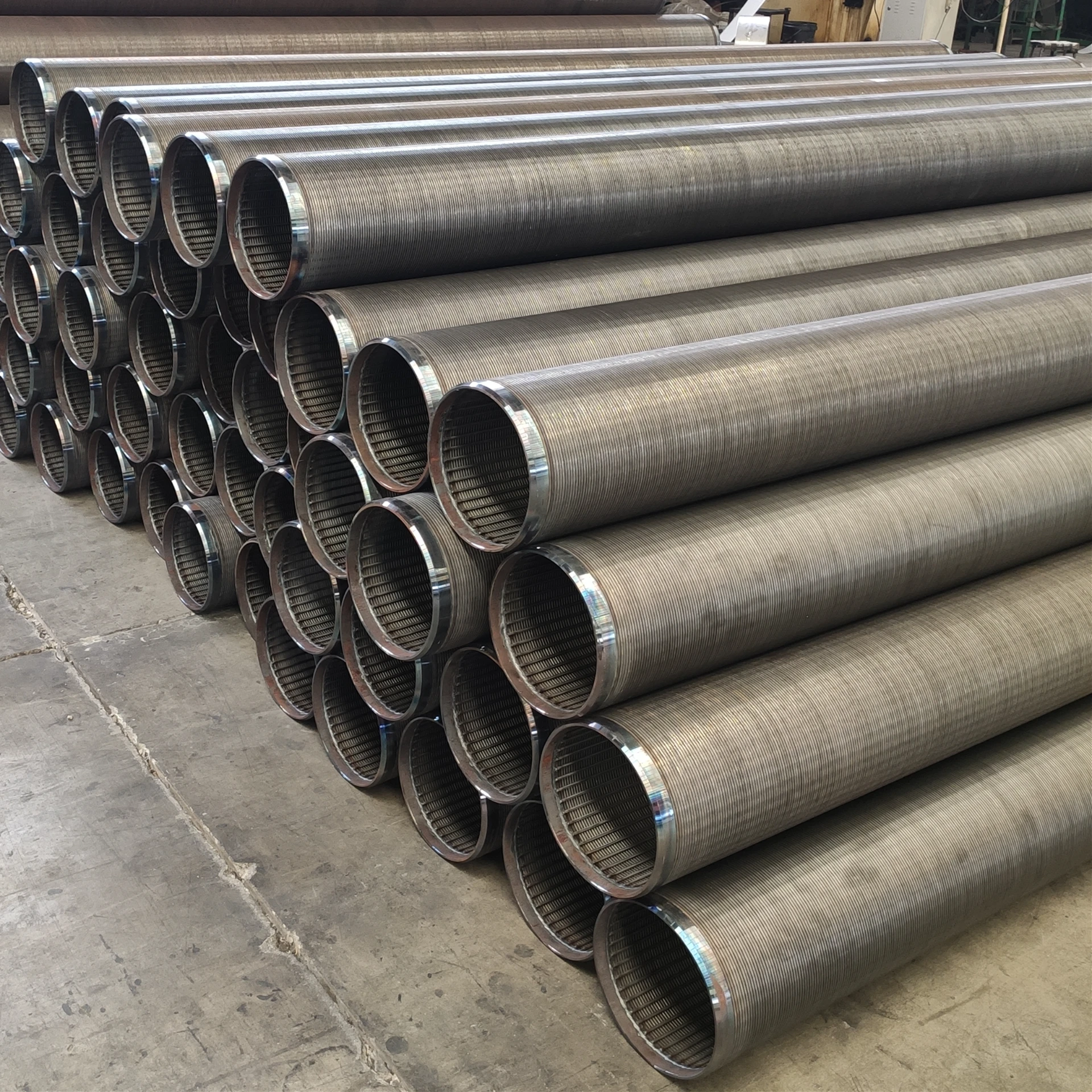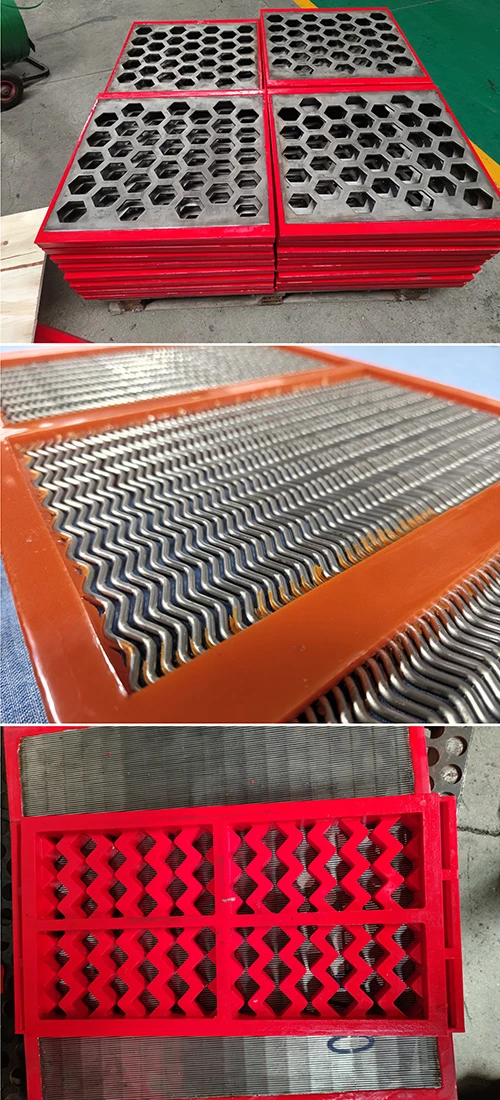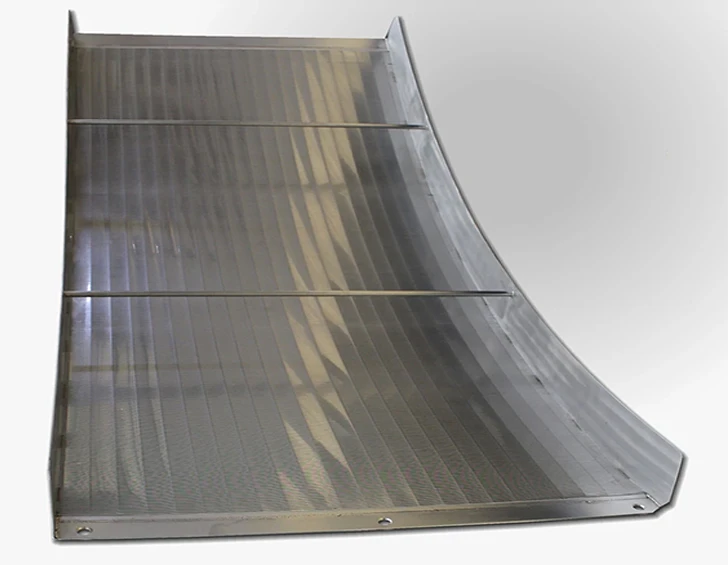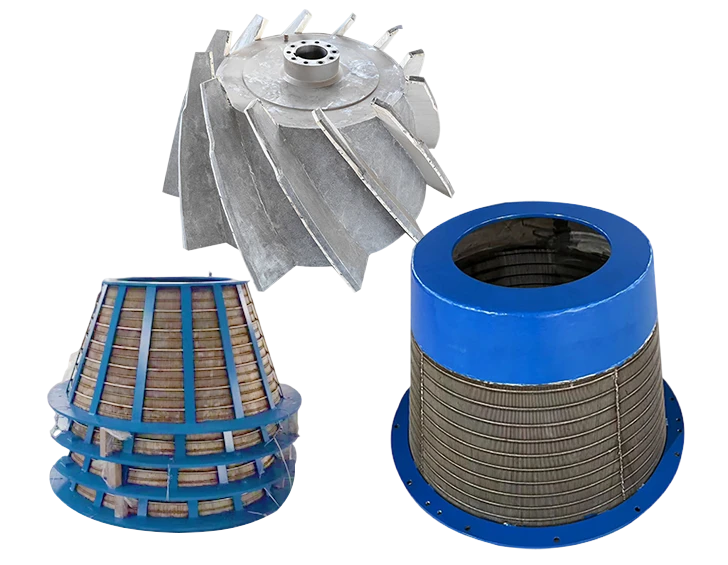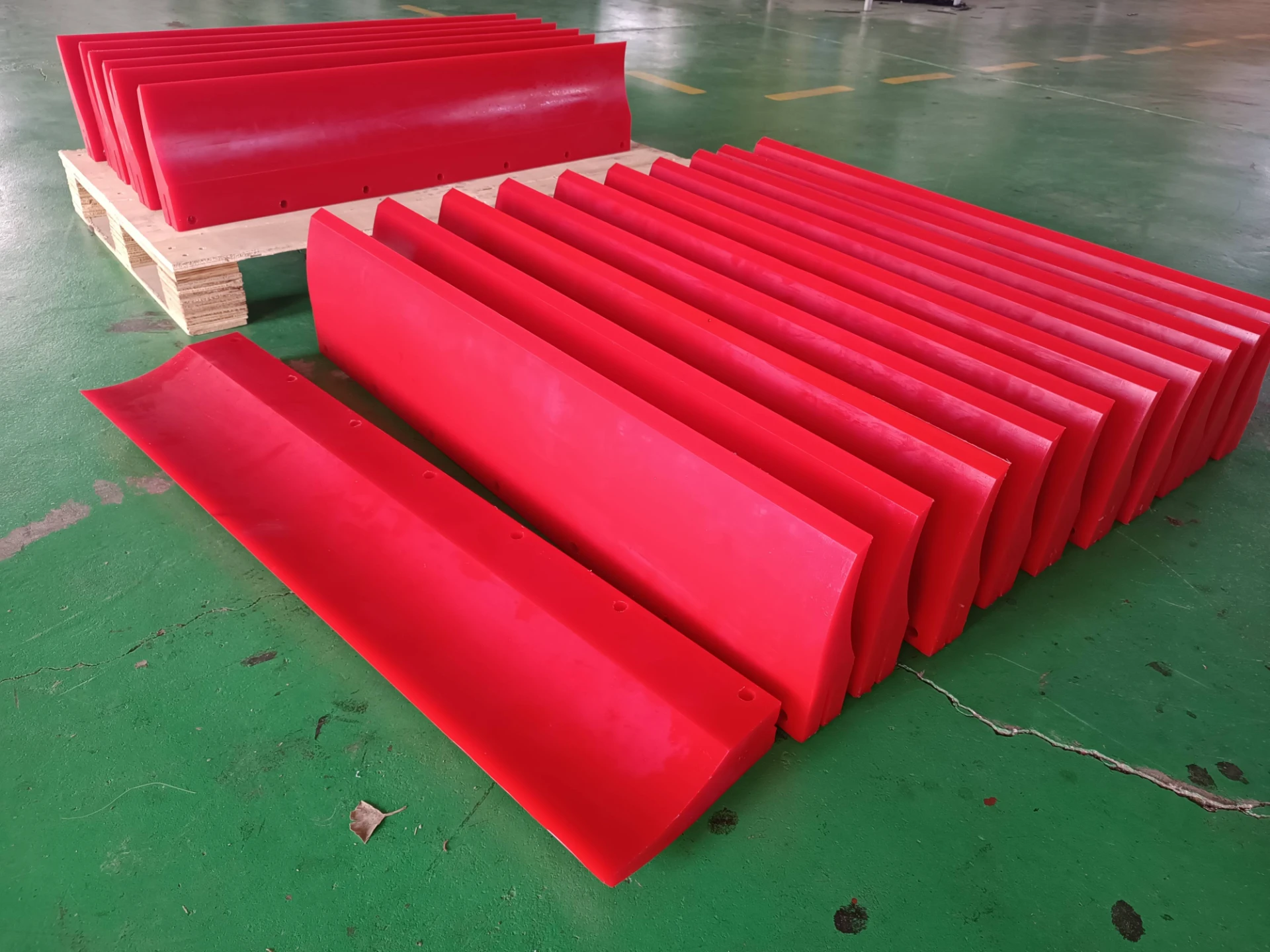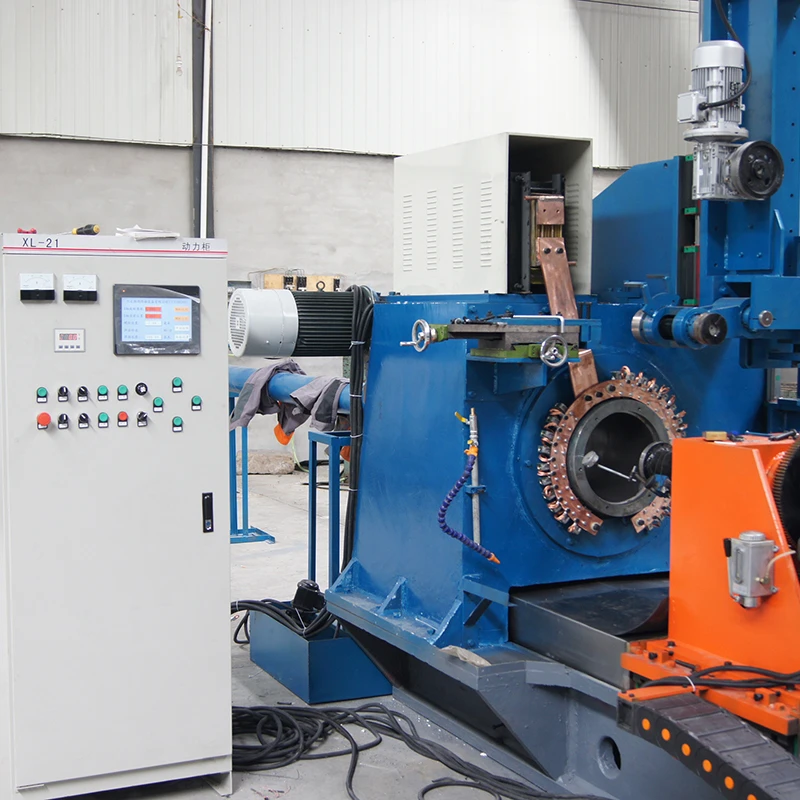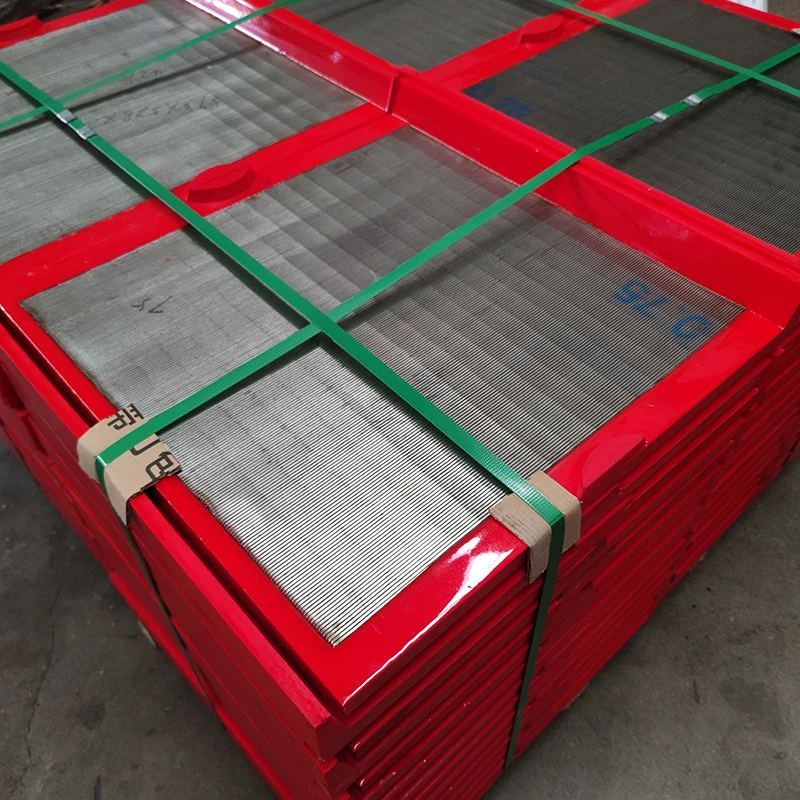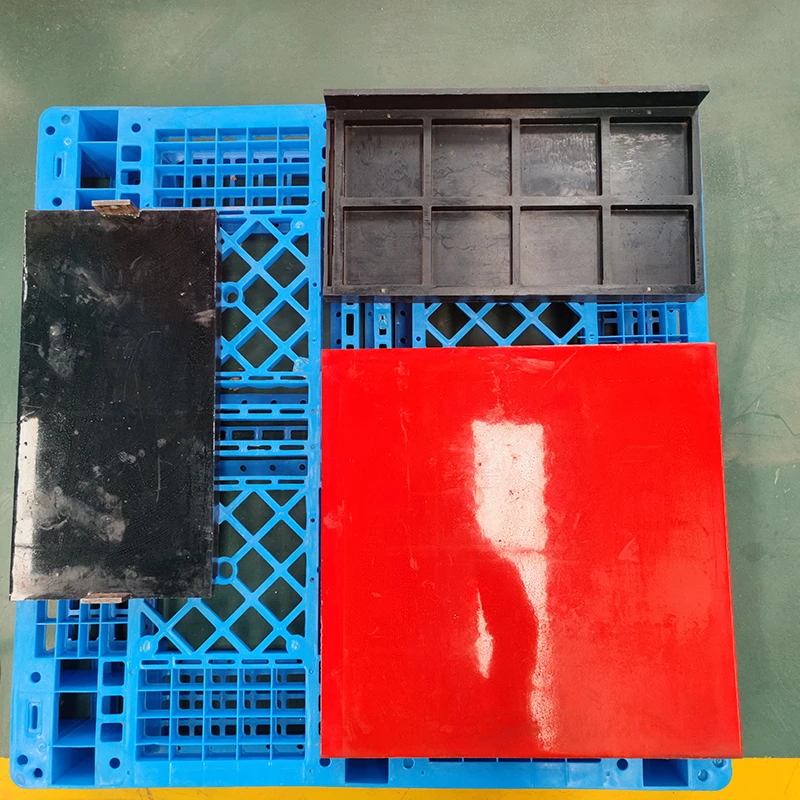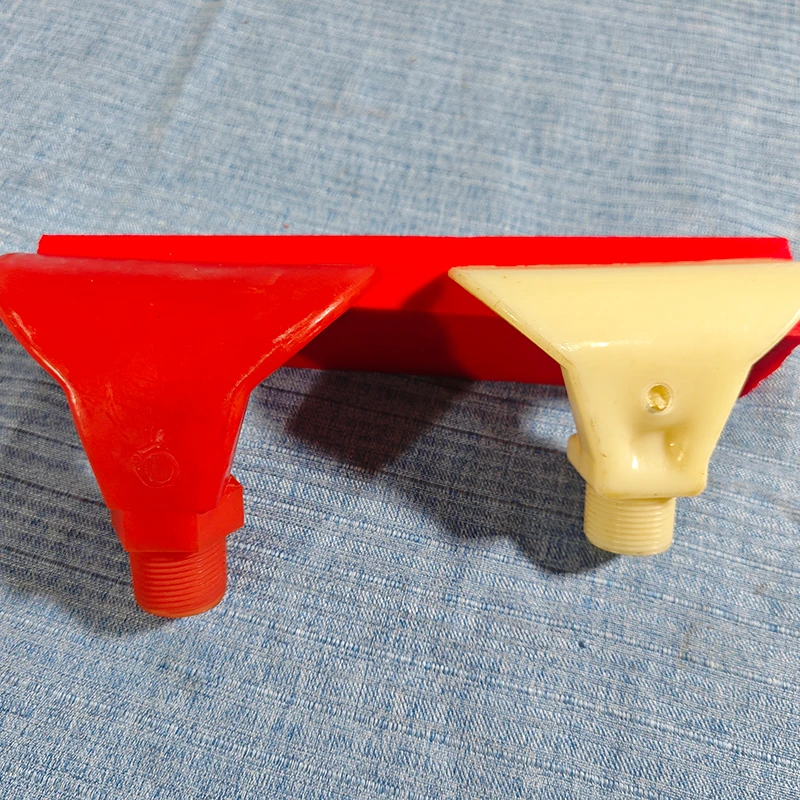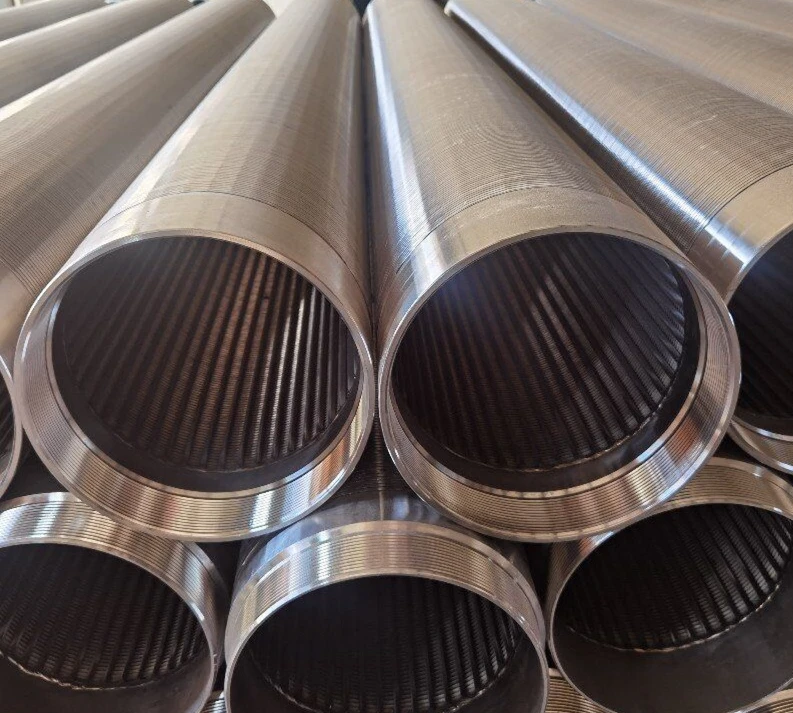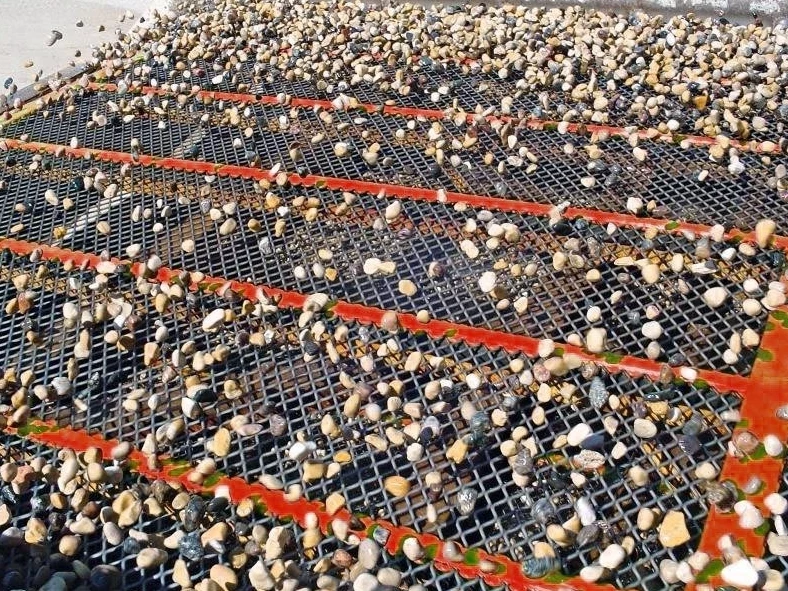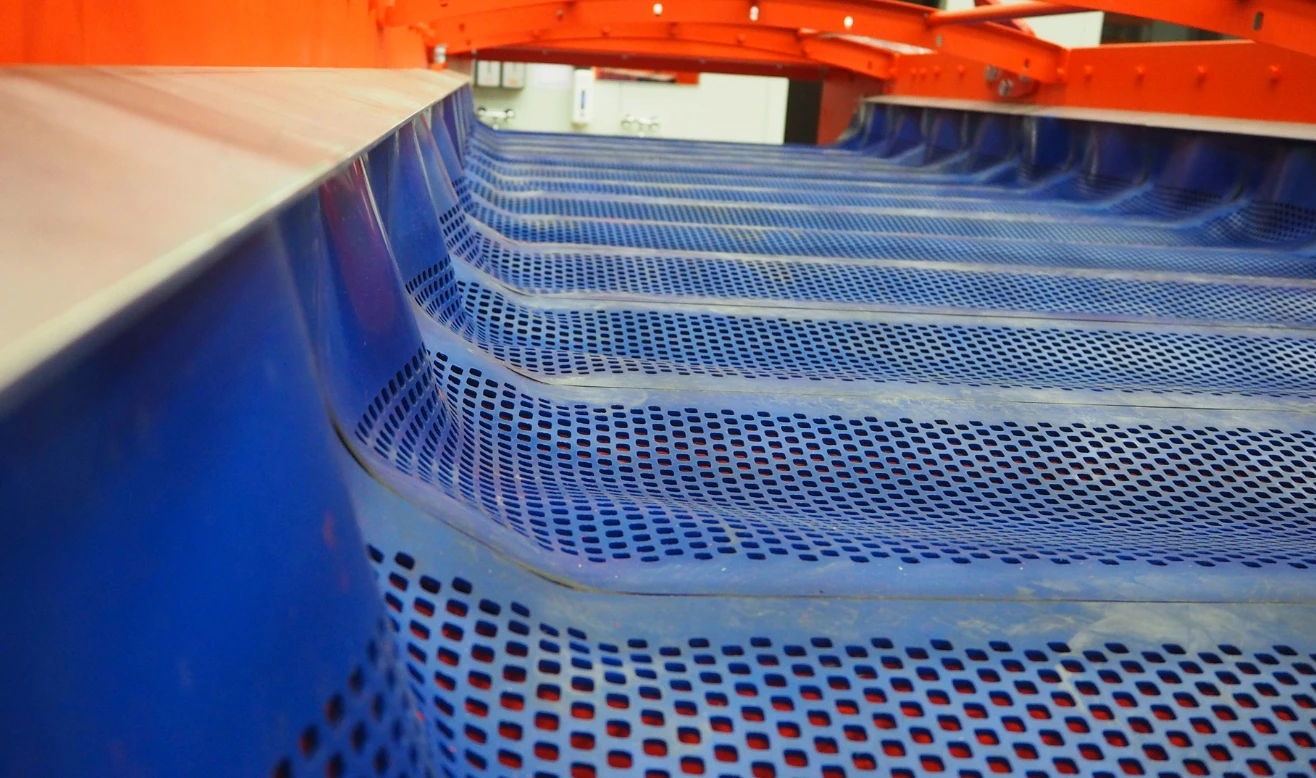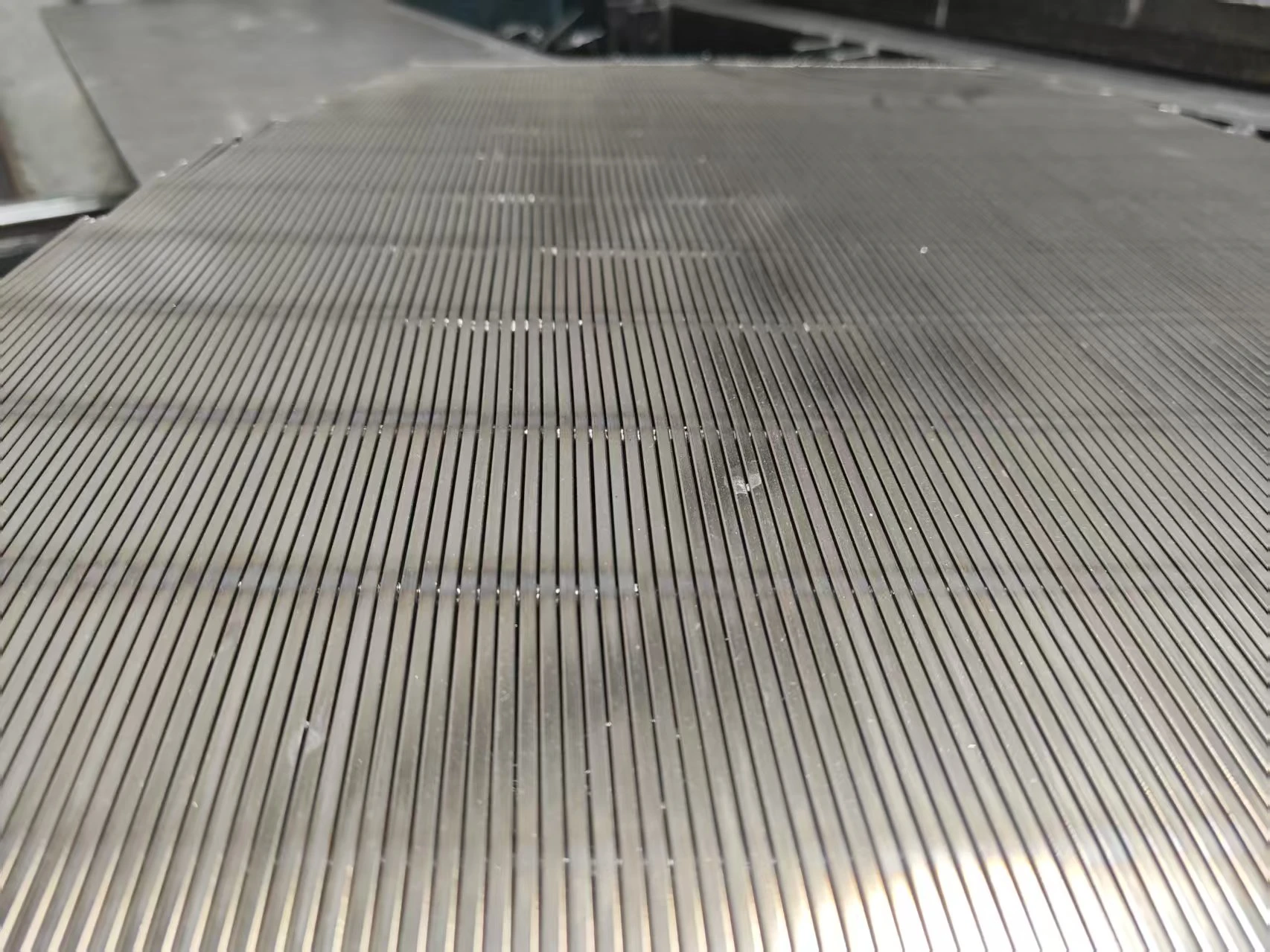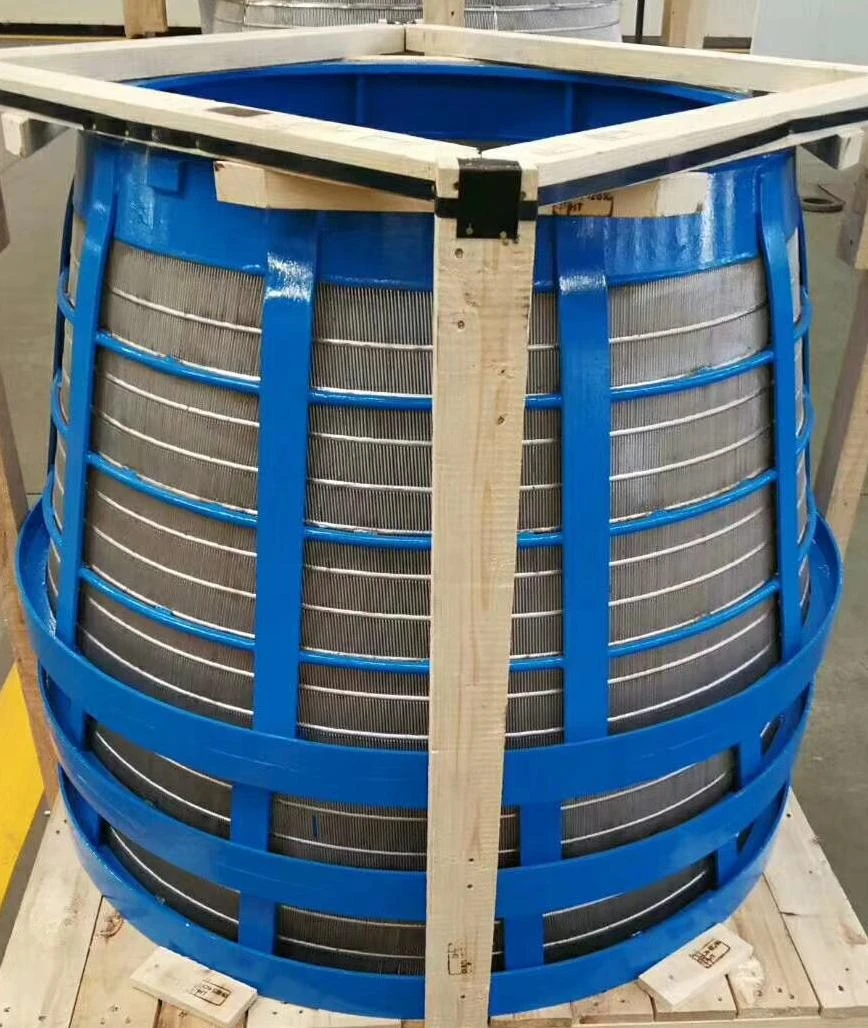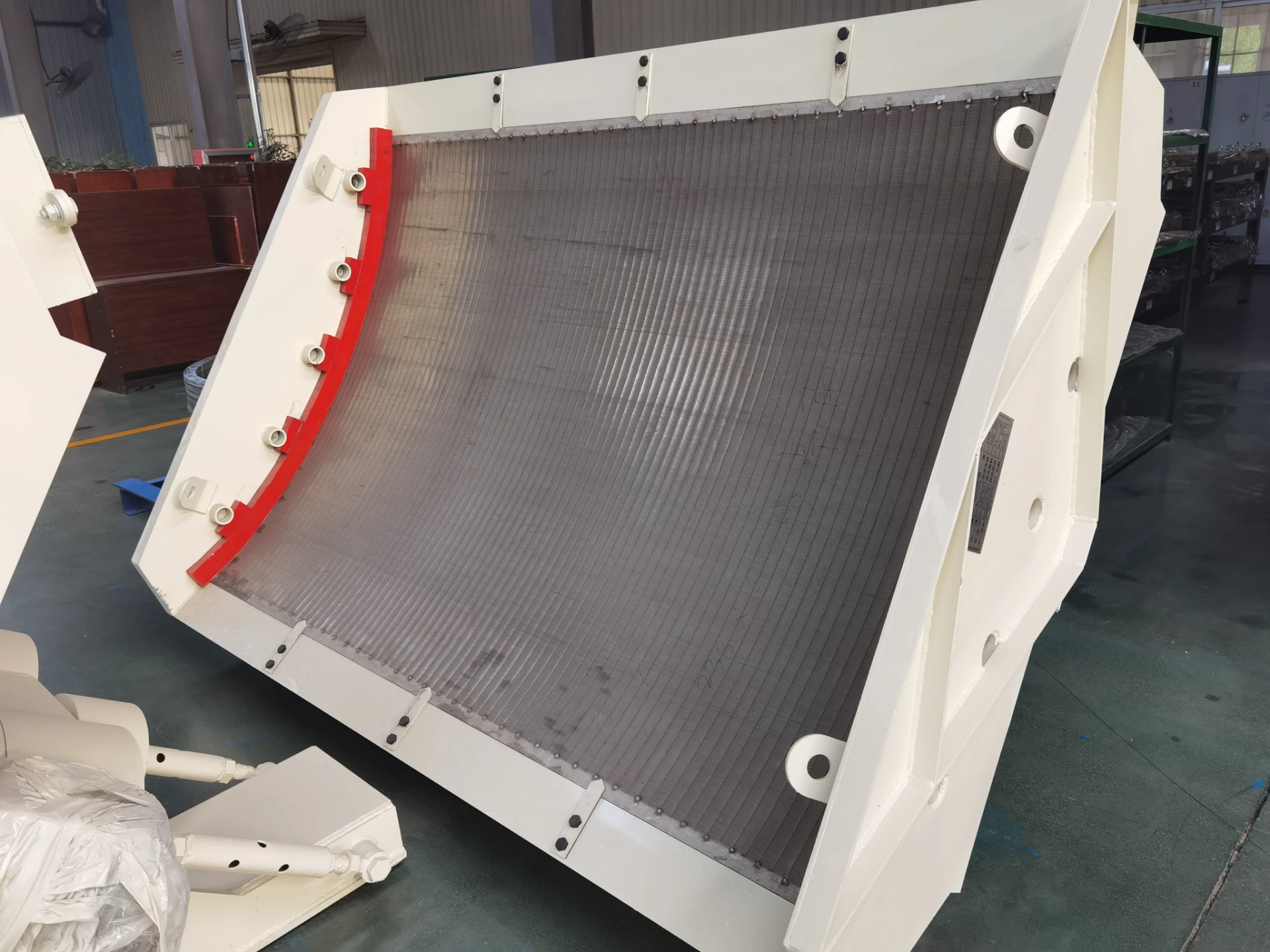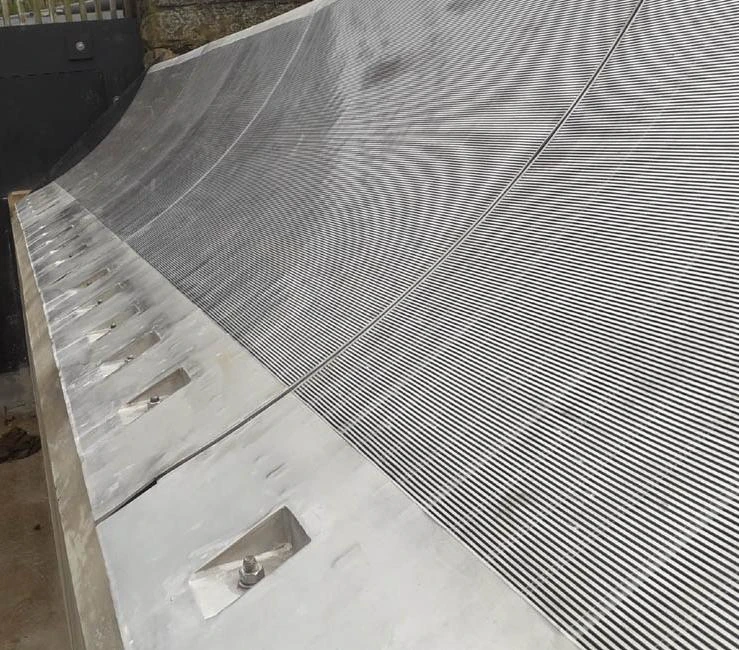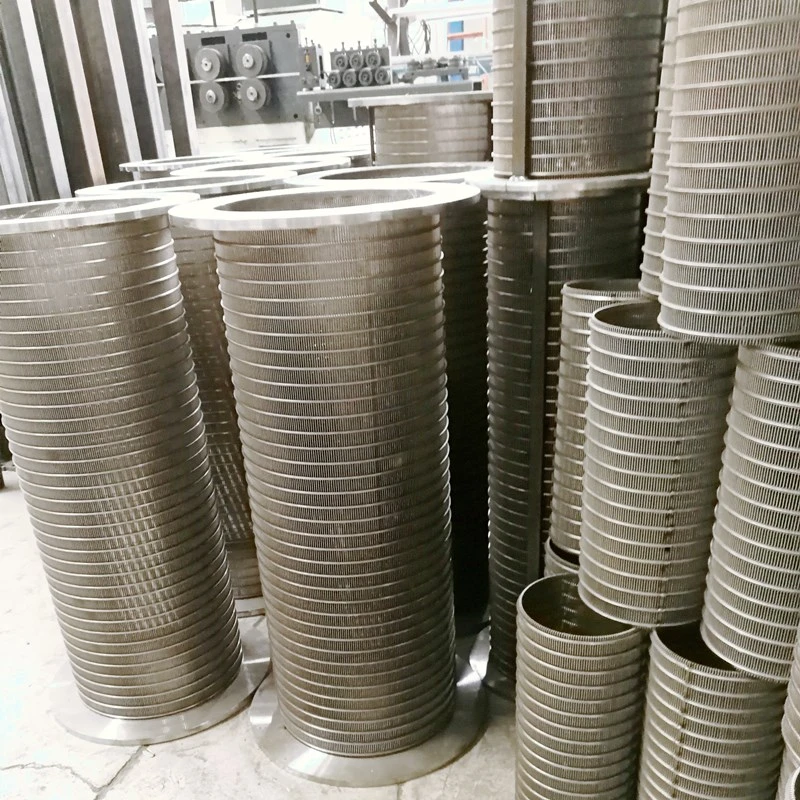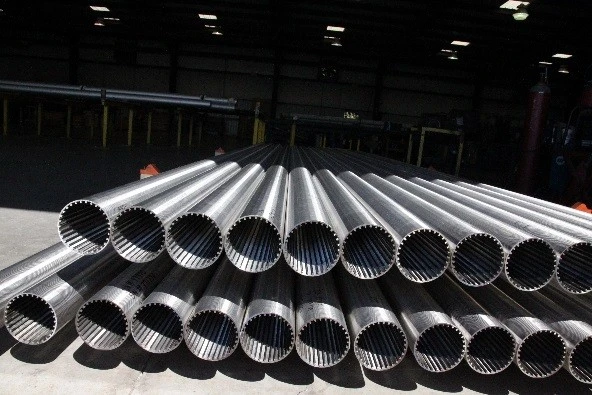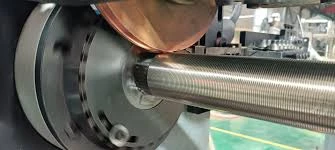Understanding Centrifugal Separation: Core Principles and Industrial Applications
Centrifugal separation is a critical process across numerous industries, providing an efficient method for separating components of a mixture based on their density. At its heart, the process leverages centrifugal force, an inertial force that acts on all objects when they are rotating, driving denser particles outwards from the axis of rotation while less dense particles remain closer to the center. This principle is fundamental to processes ranging from clarifying liquids and dewatering slurries to extracting valuable solids from suspensions. Understanding how does a centrifuge separate materials involves appreciating the interplay of rotational speed, particle size, and fluid viscosity, all of which influence the efficiency and speed of separation. This method offers significant advantages over traditional gravity-based separation, particularly for fine particles or when high throughputs are required, ensuring superior product purity and recovery.
The effectiveness of an industrial centrifuge system, especially in high-volume settings, is heavily reliant on the precision and durability of its components. For instance, the Scraper Centrifuge Unloader plays a pivotal role in ensuring efficient solid discharge after the separation cycle. Components like the centrifuge sieve and centrifuge baskets are manufactured to stringent specifications, using materials such as high-grade stainless steel (e.g., SS304, SS316L) to resist corrosion and abrasion, common challenges in environments like petrochemical processing, metallurgy, and municipal wastewater treatment. These robust materials, combined with advanced manufacturing processes like precision CNC machining and robust welding, contribute directly to the extended service life and consistent performance of the entire centrifugal system, ensuring reliable operation in demanding applications where energy efficiency and minimal maintenance are paramount. A fundamental understanding of how does a centrifuge separate materials effectively depends on the quality of these internal mechanisms.
The Engineering Behind Scraper Centrifuge Unloaders: Manufacturing and Performance
The manufacturing process for key centrifuge components, such as the Scraper Centrifuge Unloader, exemplifies precision engineering. Raw materials, often high-grade stainless steel alloys or specialized superalloys for extreme conditions, undergo rigorous inspection upon arrival to ensure chemical composition and mechanical properties meet design specifications. The components are typically formed through a sophisticated combination of processes: heavy-duty casting for complex structural parts requiring high strength, precise forging for enhanced material density and grain structure, and advanced multi-axis CNC machining for intricate details and tight tolerances (down to microns). Each manufacturing step ensures that the final product adheres strictly to international standards such as ISO 9001 for quality management systems and ANSI standards for critical dimensions and seamless fitment within existing setups. This meticulous approach guarantees not only the durability and structural integrity of the unloader but also its optimal functionality in handling various slurries and solids, from abrasive mineral slurries in metallurgy to delicate pharmaceutical crystals.
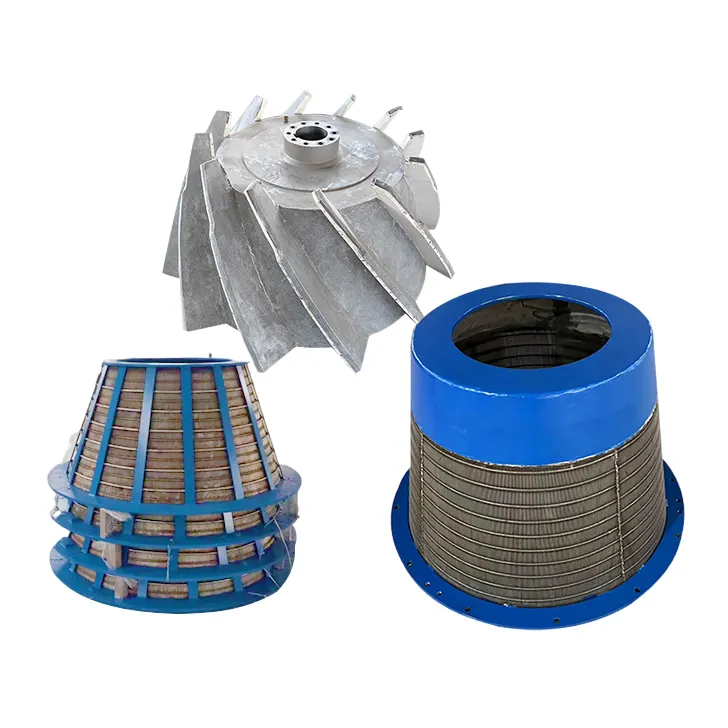
Fig 1: Industrial Scraper Centrifuge Unloader in operation within a processing facility.
Post-processing, all critical components undergo a series of stringent quality control checks. This includes non-destructive testing (NDT) methods like ultrasonic testing for internal flaws and dye penetrant inspection for surface cracks in welds, alongside precise dimensional checks using advanced metrology equipment. The expected service life of a well-maintained Scraper Centrifuge Unloader, manufactured to these high standards and typically exceeding ISO/FDA compliance for relevant industries, can easily extend beyond 10-15 years, even under continuous industrial operation with minimal preventive maintenance. Its robust design and high-quality construction contribute significantly to overall system reliability, drastically reducing unplanned downtime and long-term operational costs. In sectors like petrochemicals, where hazardous or corrosive materials are processed, the unloader's superior corrosion-resistant properties are paramount for safety and efficiency. Similarly, in municipal wastewater treatment, its ability to efficiently dewater sludge contributes to substantial energy savings and simplified waste disposal, showcasing the tangible advantages of high-quality engineering and illustrating the efficiency of how does a centrifuge separate materials for optimal performance.
Key Technical Parameters for Centrifugal Separation Efficiency
To effectively understand how does a centrifuge separate materials, it's crucial to examine the key technical parameters that govern its performance and efficiency. The G-force, or Relative Centrifugal Force (RCF), is arguably the most critical metric, directly indicating the separation power. It is calculated based on the rotational speed (RPM) and the effective radius of the rotor. Higher G-forces accelerate the sedimentation or filtration process, allowing for faster and more complete separation, especially beneficial for separating fine particles or achieving very low moisture content in the solids. Other vital parameters include the bowl diameter, which directly impacts the volume of material that can be processed per cycle, and the motor power, which dictates the ability to maintain high speeds consistently under varying process loads and material densities.
Below is a comprehensive table summarizing typical technical parameters relevant to industrial centrifugal separation, highlighting the range and direct impact of these variables on overall system performance and the quality of the separated products. This data is invaluable for engineers and decision-makers in specifying the most appropriate equipment for a particular application and understanding the operational envelope necessary for achieving optimal separation outcomes, including specific requirements for centrifuge sieve and centrifuge baskets.
| Parameter | Range/Value | Impact on Separation |
|---|---|---|
| Relative Centrifugal Force (RCF / G-force) | 500 - 5000 Gs (batch filter centrifuges); 1000 - 10000 Gs (decanter centrifuges) | Higher G-force enables faster sedimentation/filtration and more efficient separation of fine particles. |
| Bowl/Rotor Diameter | 300 mm - 1600 mm (for industrial process centrifuges) | Larger diameter increases the effective separation area and throughput capacity per cycle. |
| Motor Power | 7.5 kW - 200 kW+ (dependent on capacity and G-force) | Determines the ability to achieve and maintain high operational speeds under varying loads and slurry densities. |
| Separation Efficiency | 90% - 99.9% (solids recovery/liquid clarity) | Percentage of target solid phase recovered or liquid clarified; directly impacts product yield and quality. |
| Solids Cake Moisture Content | 5% - 30% (highly dependent on material and application) | Lower moisture content in the dewatered cake indicates better performance, reducing downstream drying costs. |
| Throughput Capacity | 1 m³/hr - 150 m³/hr+ (liquid feed, application specific) | Volume of mixture processed per unit time; directly influences production rates and plant scalability. |
Applications and Advantages of Advanced Centrifugal Separation Solutions
The versatility and efficiency of centrifugal technology mean it finds extensive application across a broad spectrum of industries, solving complex solid-liquid separation challenges. In the petrochemical sector, centrifuges are vital for clarifying solvents, dewatering drilling muds, and processing catalyst slurries, where preventing corrosion, maintaining product purity, and ensuring operational safety are critical. Metallurgy relies heavily on them for dewatering mineral concentrates, recovering valuable metals from process streams, and treating tailings, often involving highly abrasive materials that necessitate robust centrifuge baskets and durable centrifuge sieve elements. For municipal and industrial wastewater treatment, centrifuges efficiently dewater sludge, significantly reducing disposal volumes and associated costs while improving the quality of discharged water to meet environmental regulations. The Scraper Centrifuge Unloader enhances these applications by providing reliable and complete solids discharge, a key factor in maximizing the uptime and productivity of batch or semi-continuous operations.
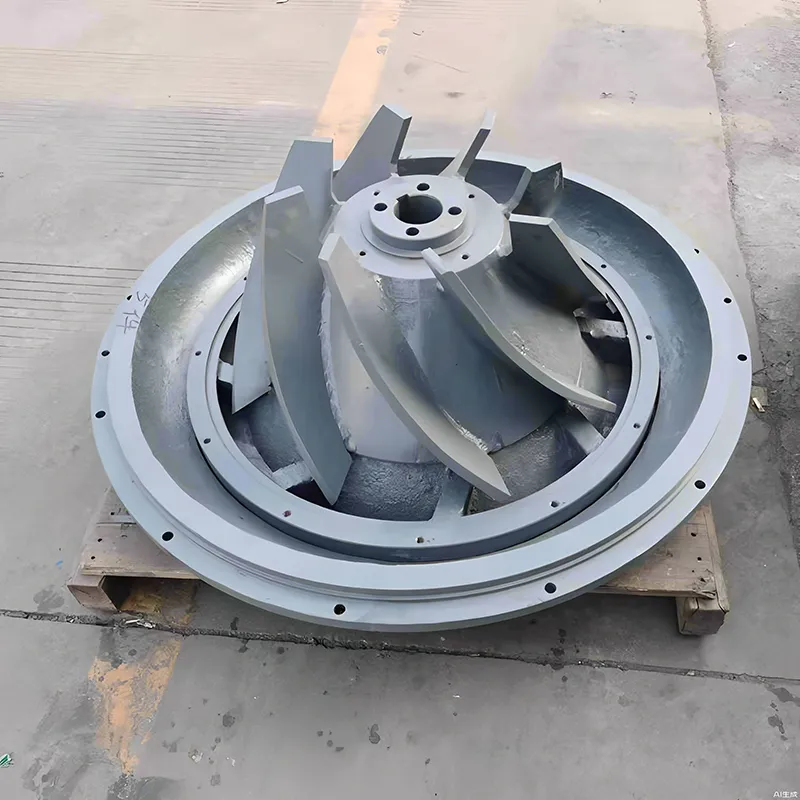
Fig 2: Detailed internal view of the Scraper Centrifuge Unloader mechanism showing scraper blade in action.
The technical advantages of modern centrifugal separation equipment, including the Scraper Centrifuge Unloader, are substantial and directly impact operational efficiency and cost-effectiveness. Beyond their high separation efficiency, they offer significant energy savings compared to energy-intensive thermal drying methods, especially when dealing with high-volume slurries. Their enclosed design minimizes airborne emissions and cross-contamination, which is crucial for hygiene-sensitive industries like pharmaceuticals and food processing. Furthermore, the ability to process continuous streams or large batches quickly makes them indispensable for maintaining high production rates and streamlining downstream processes. Customization options, including specific material selection and unloader configurations, allow for tailor-made solutions addressing specific particle sizes, material densities, and desired dryness levels of the separated solids, ensuring optimal performance for diverse industrial needs. Our extensive experience in delivering specialized separation solutions for various industries underscores our capability to meet complex operational challenges and to expertly demonstrate how does a centrifuge separate materials for maximum benefit.
Choosing the Right Centrifuge Solution: Scraper Unloader Comparison
When selecting a centrifuge, particularly for batch processes requiring efficient solid-liquid separation and subsequent precise solid discharge, the choice of unloader mechanism is critical. Different unloader types offer varying advantages in terms of automation level, discharge efficiency, and suitability for specific material characteristics. The Scraper Centrifuge Unloader, for instance, excels in handling crystalline, granular, or moderately adhesive solids, ensuring a clean and consistent discharge without significant product degradation or residual cake buildup on the centrifuge baskets. Understanding how does a centrifuge separate materials and discharge them effectively is paramount to optimizing your process, reducing manual intervention, and enhancing overall throughput.
| Feature | Scraper Centrifuge Unloader | Pneumatic Discharge | Manual Discharge |
|---|---|---|---|
| Solids Type Best Suited For | Crystalline, granular, coarse, moderately adhesive solids, high value products. | Fine powders, light fluffy solids, low-value waste. | Small batches, non-hazardous, easily handled, infrequent discharge. |
| Automation Level | High (semi-automatic to fully automatic, integrated into control systems). | Medium to High (requires air supply & precise control, prone to clogging). | Low (labor-intensive, high operator exposure). |
| Discharge Efficiency & Cleanliness | Excellent, minimal residue, consistent cake removal, ideal for batch integrity. | Good for very dry powders, can struggle with moist cakes, potential for dust. | Variable, dependent on operator skill and effort, higher risk of contamination. |
| Maintenance Needs | Moderate (scraper blade wear, hydraulic system checks, easily accessible for service). | Moderate (air filter maintenance, nozzle wear, potential for system blockage). | Low for equipment, high for labor, safety risks, and potential for equipment damage. |
| Product Integrity | Maintains particle integrity well, gentle discharge process. | Can cause particle attrition, breakage, or dust formation due to high air velocity. | Risk of damage or contamination depending on handling tools and methods. |
Our company boasts over two decades of experience in delivering high-performance filtration and separation solutions, including specialized Scraper Centrifuge Unloaders. Our products are rigorously tested and comply with international standards, backed by ISO 9001 certification. We offer comprehensive customer support, from initial consultation and bespoke design to installation and after-sales service. Our commitment to quality ensures that each system is engineered for optimal performance, maximum uptime, and a long service life, typically offering a standard 12-month warranty on mechanical components and optional extended service agreements. We've partnered with numerous leading enterprises in the chemical, pharmaceutical, and environmental sectors, providing tailored solutions that address unique operational challenges and enhance process efficiency.
Frequently Asked Questions (FAQ)
Q1: How does a centrifuge separate materials in terms of practical application for solid-liquid mixtures?
A1: In practical applications, a centrifuge separates materials by applying a powerful centrifugal force, typically thousands of times stronger than gravity, to a solid-liquid mixture. This force causes denser solid particles to rapidly settle or filter against the rotating centrifuge baskets or bowl wall, while the lighter liquid phase (centrate) is continuously or periodically discharged. For example, in wastewater treatment, fine sludge particles are effectively dewatered and compacted, and clarified water is produced. Following separation, the Scraper Centrifuge Unloader then efficiently removes this compacted solid cake, preparing the machine for the next batch, ensuring continuous operation.
Q2: What are the typical delivery and installation timelines for a custom Scraper Centrifuge Unloader unit?
A2: Delivery timelines for a custom-engineered Scraper Centrifuge Unloader generally range from 8 to 14 weeks from order confirmation, depending on the complexity of the customization, material specifications, and our current manufacturing queue. Installation typically takes an additional 1-3 weeks, influenced by factors such as site readiness, integration requirements with existing process lines, and commissioning procedures. Our dedicated project management team provides a detailed schedule and works closely with your engineering and operations personnel to ensure a smooth, efficient deployment with minimal disruption to your ongoing production.
Q3: What kind of after-sales support and warranty are provided for the Scraper Centrifuge Unloader?
A3: We offer comprehensive after-sales support designed to ensure the long-term reliability and optimal performance of your Scraper Centrifuge Unloader. This includes readily available remote technical assistance, on-site service calls by certified technicians, and a global supply chain for genuine spare parts, including centrifuge sieve and scraper blades. All Scraper Centrifuge Unloaders come with a standard 12-month warranty covering manufacturing defects and material faults. Extended warranties and tailored preventive maintenance contracts are also available to further ensure long-term operational peace of mind and maximize the lifespan of your investment. Our dedicated support team is always available to assist with any operational queries, troubleshooting, or maintenance needs.
References and Further Reading
- Smith, J. D. (2019). Principles of Industrial Centrifugation: Theory and Application in Process Engineering. Journal of Separation Science and Technology, 45(2), 123-138.
- Brown, L. M., & Garcia, R. P. (2021). Advanced Materials for Corrosive Environments in Centrifugal Separators. Materials Science and Engineering Journal, 78(4), 567-582.
- Chemical Engineering Handbook. (2020). Section 18: Solid-Liquid Separation. McGraw-Hill Education.
- International Organization for Standardization (ISO). (2015). ISO 9001:2015 Quality management systems — Requirements. ISO.

